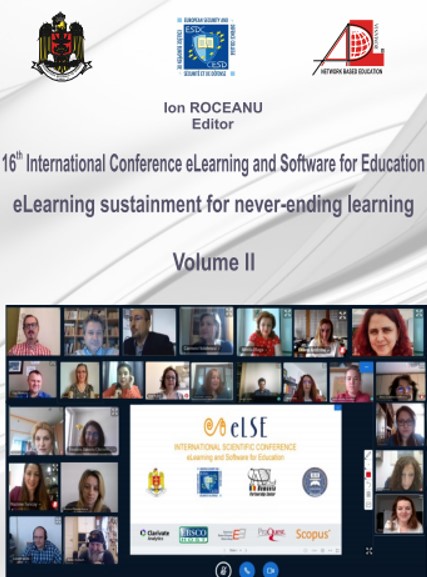MODELING AND VIRTUAL SIMULATION OF THE OCULAR REFRACTION PROCESS FOR IMPROVING THE INFORMATION ACQUISITION MECHANISM – A STUDIES REVIEW
MODELING AND VIRTUAL SIMULATION OF THE OCULAR REFRACTION PROCESS FOR IMPROVING THE INFORMATION ACQUISITION MECHANISM – A STUDIES REVIEW
Author(s): Mihaela Ioana BaritzSubject(s): Neuropsychology, ICT Information and Communications Technologies
Published by: Carol I National Defence University Publishing House
Keywords: virtual simulation; visual learning; knowledge;
Summary/Abstract: The learning, information acquisition, processing and storage mechanisms form, at the level of the central human system, a complex, flexible, dynamic and self-regulating system to ensure the information transfer in the best conditions. Therefore, the path of informational transfer between the environment and the central system, being realized through the visual system requires a high level of functioning of all the component modules. Thus, in the first part of the paper, the main functional aspects of the visual system that participate in the process of ocular refraction are identified and analyzed. By systemic and conceptual approach of these parameters, the areas of functional sensitivity can be identified and the active mechanisms of verification and intervention can be understood. In the second part of the paper the procedures for modeling and virtual simulation of the ocular refraction process are presented, starting from the foundation of the ocular models using the principles of theoretical optics and then approaching flexible and easy modeling variants. These models can be combined and their results can be complementary and / or correlated with other practical and real evaluations. In the final part of the paper are presented the results obtained in the foundation of modeling processes for learning the mechanisms of ocular refraction but also the way of correlation with the experimental evaluations. In the next research steps and through the development of high performance computer systems, these virtual models and simulations can become dynamic interactive learning procedures and to add the real experimental observations and evaluation.
Journal: Conference proceedings of »eLearning and Software for Education« (eLSE)
- Issue Year: 16/2020
- Issue No: 02
- Page Range: 27-33
- Page Count: 7
- Language: English

